Home>Furniture>Living Room Furniture>How To Make A Concrete Coffee Table
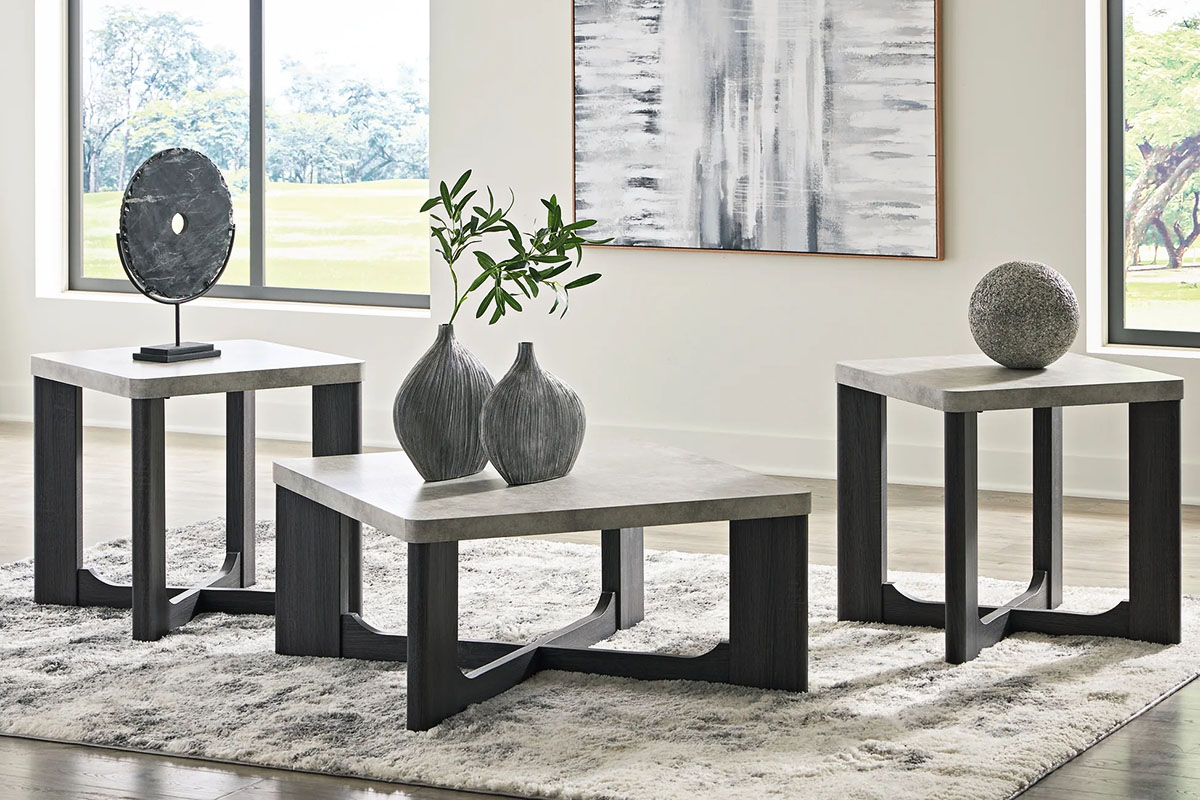

Living Room Furniture
How To Make A Concrete Coffee Table
Modified: August 23, 2024
Learn how to make a stunning concrete coffee table for your living room! Find step-by-step instructions and get inspired to create unique living room furniture.
(Many of the links in this article redirect to a specific reviewed product. Your purchase of these products through affiliate links helps to generate commission for Storables.com, at no extra cost. Learn more)
Introduction
Welcome to the world of custom living room furniture! If you’re looking to add a unique and modern touch to your space, a concrete coffee table might be just what you need. This versatile and stylish piece of furniture is not only durable but also surprisingly easy to make. In this article, we’ll guide you through the step-by-step process of creating your very own concrete coffee table.
Concrete has become increasingly popular in interior design due to its minimalist aesthetic and industrial charm. It provides a sleek and contemporary look that can complement a variety of decor styles. Additionally, concrete is a highly durable material that can withstand daily use and maintain its beauty for years to come.
Before we dive into the construction process, let’s go over the materials you’ll need to get started.
Key Takeaways:
- Creating a concrete coffee table is a fun and rewarding DIY project that adds a modern and durable piece of furniture to your living room. With the right materials and steps, you can craft a unique centerpiece for your space.
- From preparing the mold to sanding and sealing the table, each step in making a concrete coffee table requires attention to detail and patience. The end result is a stylish and long-lasting piece of furniture for your home.
Read more: How To Make Concrete Coasters
Materials Needed
Before you embark on your concrete coffee table journey, make sure you have the following materials on hand:
- Concrete mix: Choose a high-quality concrete mix that is suitable for countertops or furniture projects. You can find this at your local hardware store or order it online.
- Mold: Decide on the shape and size of your coffee table and find or build a mold accordingly. This can be made of wood, melamine, or another sturdy material.
- Reinforcement (optional): If you want to add extra strength to your table, consider using steel mesh or rebar to reinforce the concrete.
- Release agent: This substance helps prevent the concrete from sticking to the mold. You can use a commercial release agent or create your own with a mixture of vegetable oil and dish soap.
- Concrete sealer: This will protect your table from stains and provide a finished look. Choose a sealer specifically designed for concrete surfaces.
- Sandpaper or a concrete grinder: These tools will be used to smooth and polish the surface of your coffee table.
- Protective gear: Don’t forget to wear gloves, safety glasses, and a dust mask when working with concrete.
Make sure to gather all of these materials before you begin your project. Now, let’s move on to the first step of creating your concrete coffee table: preparing the mold.
Step 1: Preparing the Mold
The first step in creating your concrete coffee table is to prepare the mold. The mold will determine the shape and size of your table, so take your time to ensure it is properly constructed. Here’s how to do it:
- Design the mold: Decide on the dimensions and design of your coffee table. You can opt for a simple rectangular shape or get creative with curves or angles. Use a pencil and ruler to mark the measurements on the mold material.
- Cut the mold material: Using a saw or appropriate cutting tool, carefully cut the mold material according to your measurements. Make sure the pieces are smooth and fit together tightly.
- Prep the mold: Before pouring the concrete, it’s important to prep the mold to ensure easy removal later. Apply a release agent to the inside of the mold to prevent the concrete from sticking. Use a brush or cloth to evenly distribute the release agent.
- Seal any gaps: Inspect the edges of the mold and seal any gaps with caulk or duct tape. This will prevent the concrete from leaking out during the pouring process.
- Check for stability: Make sure the mold is stable and level. Use shims or adjustable feet to ensure it sits flat on the surface. This will help the concrete settle evenly.
Once your mold is fully prepared, it’s time to move on to the next step: mixing the concrete.
Step 2: Mixing the Concrete
Now that your mold is ready, it’s time to mix the concrete. This step is crucial as it determines the strength and overall quality of your coffee table. Follow these steps to ensure proper mixing:
- Prepare your work area: Set up a clean and spacious area where you can mix the concrete. Lay down a plastic sheet or tarp to protect the surface from any spills or mess.
- Measure the concrete mix: Follow the instructions provided on the concrete mix package to determine the proper ratio of water to mix. Use a measuring cup or bucket to ensure accuracy.
- Gradually add water: Pour a small amount of water into a mixing container, then slowly and gradually add the concrete mix. Use a mixing paddle or a drill with a mixing attachment to combine the materials.
- Mix thoroughly: Continue adding water and mixing until the concrete is a thick, workable consistency. Avoid adding too much water as it can weaken the final product.
- Test the consistency: To ensure the proper consistency, scoop up a small amount of mixed concrete with a trowel and turn it upside down. The concrete should hold its shape without excessive water pooling.
Remember to follow the instructions provided by the concrete mix manufacturer, as different brands may have specific mixing ratios and guidelines. Once your concrete is mixed to perfection, it’s time to move on to the next step: pouring the concrete into the mold.
Step 3: Pouring the Concrete
Now that your concrete mix is ready, it’s time to pour it into the prepared mold to shape your coffee table. Follow these steps to ensure a successful pouring process:
- Place the mold on a stable surface: Make sure the mold is positioned securely on a level surface. This will prevent any accidental shifting or uneven pouring.
- Start pouring: Slowly and carefully pour the mixed concrete into the mold. Start from one end and work your way to the other, ensuring even distribution. Use a trowel or a concrete placement tool to help guide the concrete and eliminate air bubbles.
- Fill the mold: Fill the mold to the desired height for your coffee table, leaving enough space for additional layers or reinforcement (if desired).
- Consolidate the concrete: Use a vibrating tool or a rubber mallet to gently tap the sides of the mold. This will help remove any trapped air bubbles and ensure that the concrete settles evenly.
- Smooth the surface: After pouring and consolidating the concrete, use a straightedge or a trowel to level the surface and create a smooth finish. Pay careful attention to the edges of the mold to achieve clean lines.
Take your time during the pouring process to avoid any spills or accidents. Once the concrete is poured and smoothed, it’s time to move on to the next step: finishing and smoothing the surface of your coffee table.
Read more: How To Make Coffee Table Legs
Step 4: Finishing and Smoothing the Surface
After pouring the concrete into the mold, it’s important to take the time to finish and smooth the surface of your coffee table. This step will give your table a polished and professional look. Follow these steps to achieve a smooth surface:
- Wait for initial set: Allow the concrete to set for a short period of time, typically around 20-30 minutes. This will make the surface firm enough to work on, but still pliable.
- Use a trowel: Gently run a trowel over the surface in a circular motion. This will help remove any imperfections or air bubbles and create a smooth finish. Pay extra attention to the edges and corners of the table to ensure they are well-defined.
- Wet sand the surface: Wet sanding is an effective technique to achieve a smooth and polished surface. Wet the surface of the table and use a fine-grit sandpaper or sanding block to gently sand away any rough spots or unevenness. Keep the surface wet as you sand to minimize dust.
- Check for smoothness: Regularly check the surface of the table to ensure it is smooth and free of imperfections. If needed, continue wet sanding until you are satisfied with the results.
- Clean the surface: Once you have achieved a smooth finish, wipe away any excess water and concrete residue from the surface. Use a damp cloth or sponge to clean the table and remove any dust or debris.
After finishing and smoothing the surface, it’s time to consider adding reinforcement (if desired) to strengthen your coffee table. This optional step can provide additional durability and longevity to your piece. Let’s move on to the next step: adding reinforcement.
When making a concrete coffee table, make sure to use a high-quality concrete mix and reinforce it with steel mesh or rebar for added strength and durability. This will help prevent cracking and ensure a long-lasting table.
Step 5: Adding Reinforcement (If Desired)
If you want to add extra strength and durability to your concrete coffee table, adding reinforcement can be a beneficial step. While reinforcement is optional, it can help prevent cracking or structural issues in the future. Follow these steps to add reinforcement to your table:
- Choose the reinforcement material: Steel mesh or rebar are commonly used for concrete reinforcement. Decide which material is suitable for your project based on the size and design of your table.
- Measure and cut the reinforcement: Measure the dimensions of your table and cut the reinforcement material accordingly. Make sure the pieces fit securely within the mold, avoiding any interference with the edges.
- Place the reinforcement: Position the reinforcement material in the mold, ensuring it is evenly distributed throughout the concrete. It should be placed in the middle of the concrete, not touching the edges or bottom of the mold.
- Secure the reinforcement: Use wire or zip ties to secure the reinforcement material in place. Make sure it is firmly held in position, preventing any movement during the curing process.
Adding reinforcement to your coffee table can provide peace of mind and enhance its longevity. The reinforcement will help distribute stress and prevent cracks from forming over time. Once you have added the reinforcement, it’s time to move on to the next step: curing the concrete.
Step 6: Curing the Concrete
Curing is a crucial step in the concrete-making process as it allows the concrete to harden and reach its maximum strength. Proper curing ensures the durability and longevity of your coffee table. Follow these steps to effectively cure the concrete:
- Cover the mold: After pouring the concrete and adding reinforcement, cover the mold with a plastic sheet or tarp. This will help retain moisture and create an ideal curing environment.
- Leave the mold undisturbed: It’s important to avoid moving or disturbing the mold during the curing process. Any disruption can affect the concrete’s strength and final appearance.
- Cure for the recommended timeframe: Check the instructions provided by the concrete mix manufacturer for the recommended curing time. Generally, concrete needs to cure for a minimum of 7 days for optimal strength. However, longer curing periods can be beneficial for achieving maximum durability.
- Keep the concrete moist: Regularly mist the concrete with water or use a curing compound to keep it moist throughout the curing process. This ensures proper hydration and prevents the concrete from drying out too quickly.
- Avoid temperature extremes: Maintain a consistent temperature range during the curing process. Avoid exposing the concrete to extreme heat or cold, as this can negatively affect its strength and longevity.
Proper curing is essential for the concrete to develop its full strength and durability. It requires patience and careful maintenance, but the end result will be a solid and long-lasting coffee table. Once the concrete has cured, it’s time to proceed to the next step: removing the mold.
Step 7: Removing the Mold
With the concrete cured and hardened, it’s time to remove the mold and reveal the beautiful coffee table you’ve created. Follow these steps to safely and successfully remove the mold:
- Prepare the workspace: Clear a spacious area where you can easily remove the mold without any obstructions. Lay down a soft surface, such as a blanket or foam pad, to protect the table during the removal process.
- Inspect the mold: Carefully examine the mold for any screws, nails, or fasteners that were used to hold it together. Remove them using a screwdriver or appropriate tool.
- Tap the mold: Gently tap the sides of the mold with a rubber mallet or a soft object. This will help loosen the mold and create separation between the concrete and the mold itself.
- Slowly lift the mold: Begin lifting the mold from one edge, applying even pressure as you go. Gradually raise the mold until it completely separates from the concrete surface. If any resistance is felt, stop and reassess the removal technique to avoid damaging the table.
- Inspect the table: Once the mold is removed, carefully examine the surface of the table for any imperfections or rough areas. Use sandpaper or a concrete grinder to smooth out any irregularities and achieve a flawless finish.
Removing the mold requires patience and attention to detail. Take your time and be gentle to ensure the integrity of your coffee table. With the mold successfully removed, you’re now ready to proceed to the final step: sanding and sealing the table.
Read more: How To Make A Coffee Table Book
Step 8: Sanding and Sealing the Table
Once you have removed the mold and smoothed out any imperfections, it’s time to enhance the appearance and protect the surface of your concrete coffee table. Follow these steps to sand and seal the table:
- Sand the surface: Use sandpaper or a concrete grinder to gently sand the surface of the table. Start with a lower grit sandpaper to remove any rough areas, and gradually move to higher grits for a smoother finish. Make sure to sand evenly across the entire surface.
- Remove the dust: After sanding, use a damp cloth or vacuum cleaner to remove any dust or debris from the surface of the table. It’s important to have a clean surface before applying the sealer.
- Choose the right sealer: Select a concrete sealer that is specifically formulated for furniture or countertops. There are various types of sealers available, such as acrylic or epoxy-based options. Follow the manufacturer’s instructions for the best results.
- Apply the sealer: Use a paintbrush or a roller to evenly apply the sealer to the surface of the table. Start from one end and work your way across, ensuring complete coverage. Avoid applying the sealer too thickly to prevent uneven drying or pooling.
- Allow drying time: Follow the manufacturer’s instructions regarding the drying time of the sealer. Typically, it takes about 24 hours for the sealer to fully cure. Keep the table in a well-ventilated area during this time.
- Apply additional coats (optional): Depending on the desired level of protection, you may choose to apply multiple coats of sealer. Allow each coat to dry completely before applying the next one, following the manufacturer’s recommendations.
By sanding and sealing your concrete coffee table, you’re not only adding a smooth and polished finish but also protecting it from stains and moisture damage. The sealer will provide an added layer of durability and make cleaning and maintenance easier. With this step completed, your coffee table is now ready to be enjoyed and admired in your living room.
Congratulations on creating your very own custom concrete coffee table! The process may have been a bit challenging, but the end result is a unique and stylish piece of furniture that will undoubtedly become a focal point in your living space.
Remember to take proper care of your concrete coffee table by using coasters for hot beverages and avoiding harsh chemicals when cleaning. With regular maintenance, your table will continue to impress and serve as a statement piece in your home for years to come.
Enjoy your new coffee table and the satisfaction of having crafted it with your own hands!
Conclusion
Congratulations! You have successfully embarked on the journey of creating your very own concrete coffee table. Through careful planning and execution, you have transformed a simple mixture of concrete into a stunning piece of furniture that will be the centerpiece of your living room.
Throughout this process, you have learned the importance of proper preparation, mixing, pouring, and finishing techniques to achieve a high-quality result. You have also discovered the benefits of adding reinforcement for extra strength and the significance of curing the concrete to ensure its durability.
Sanding and sealing the table has not only enhanced its appearance but also provided protection against stains and moisture. By following these steps and using the right techniques, you have created a stunning, custom coffee table that will withstand the test of time.
Remember, concrete furniture offers a unique and modern touch to any space. Its minimalist aesthetic and industrial charm make it a versatile choice that can complement a variety of decor styles. Plus, with its durability, your coffee table will remain functional and visually appealing for years to come.
So, sit back, relax, and enjoy the fruits of your labor. Your concrete coffee table is a testament to your creativity, craftsmanship, and dedication. It serves as a conversation starter, a beautiful centerpiece, and a reflection of your personal style.
Thank you for joining us on this concrete coffee table adventure. We hope this guide has provided you with the knowledge and inspiration to create your own unique living room furniture. Now, go ahead and proudly showcase your one-of-a-kind creation!
Frequently Asked Questions about How To Make A Concrete Coffee Table
Was this page helpful?
At Storables.com, we guarantee accurate and reliable information. Our content, validated by Expert Board Contributors, is crafted following stringent Editorial Policies. We're committed to providing you with well-researched, expert-backed insights for all your informational needs.
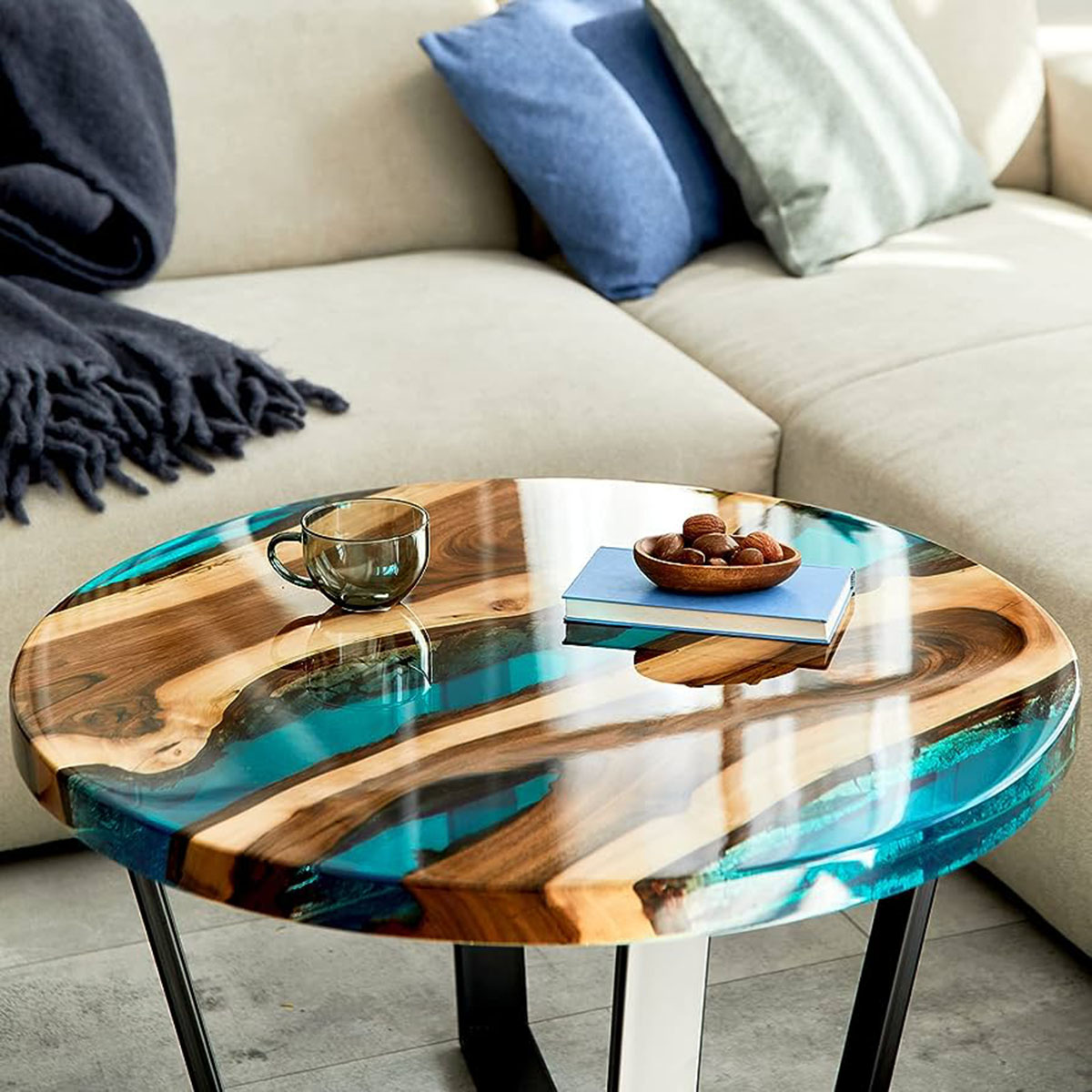
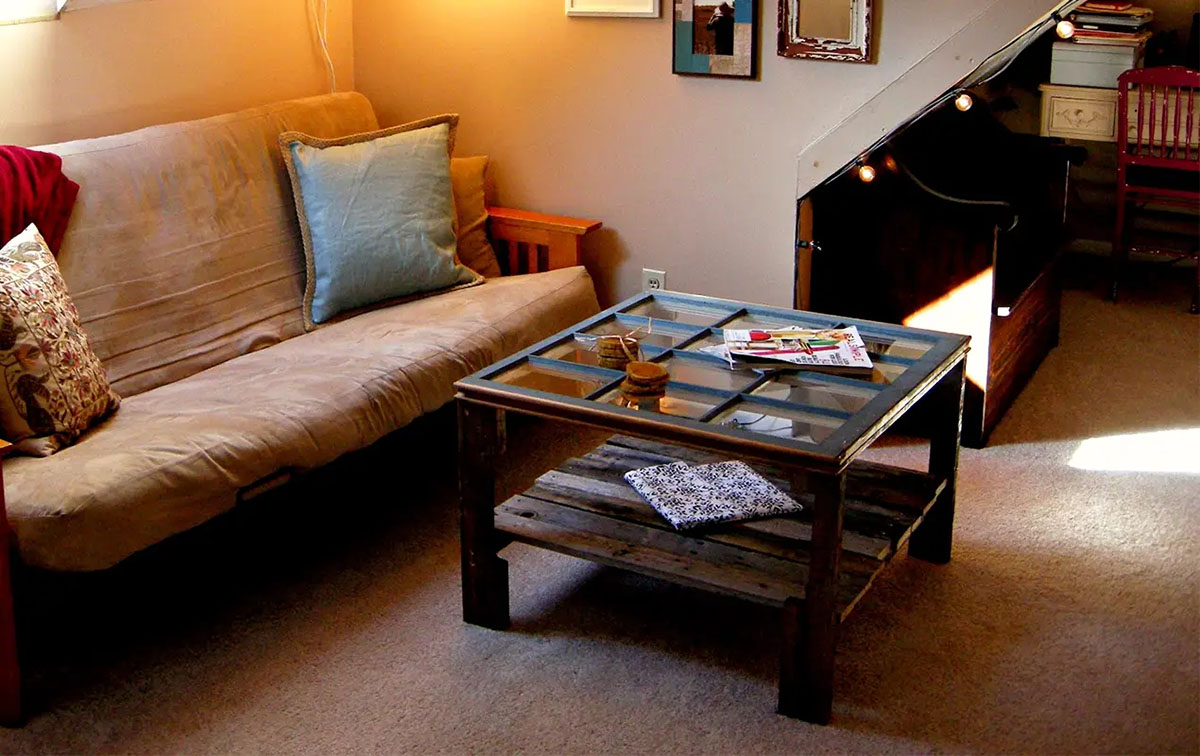
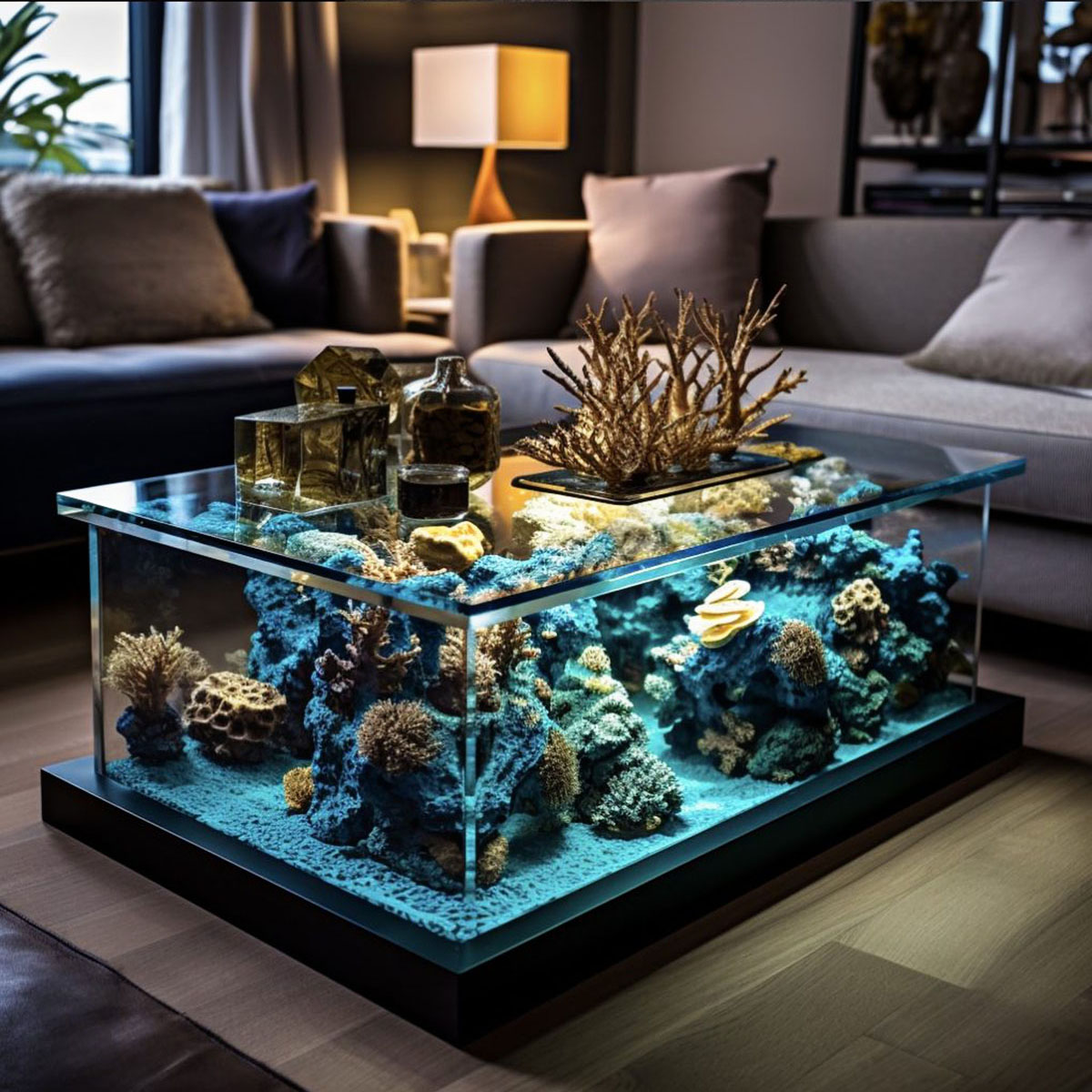
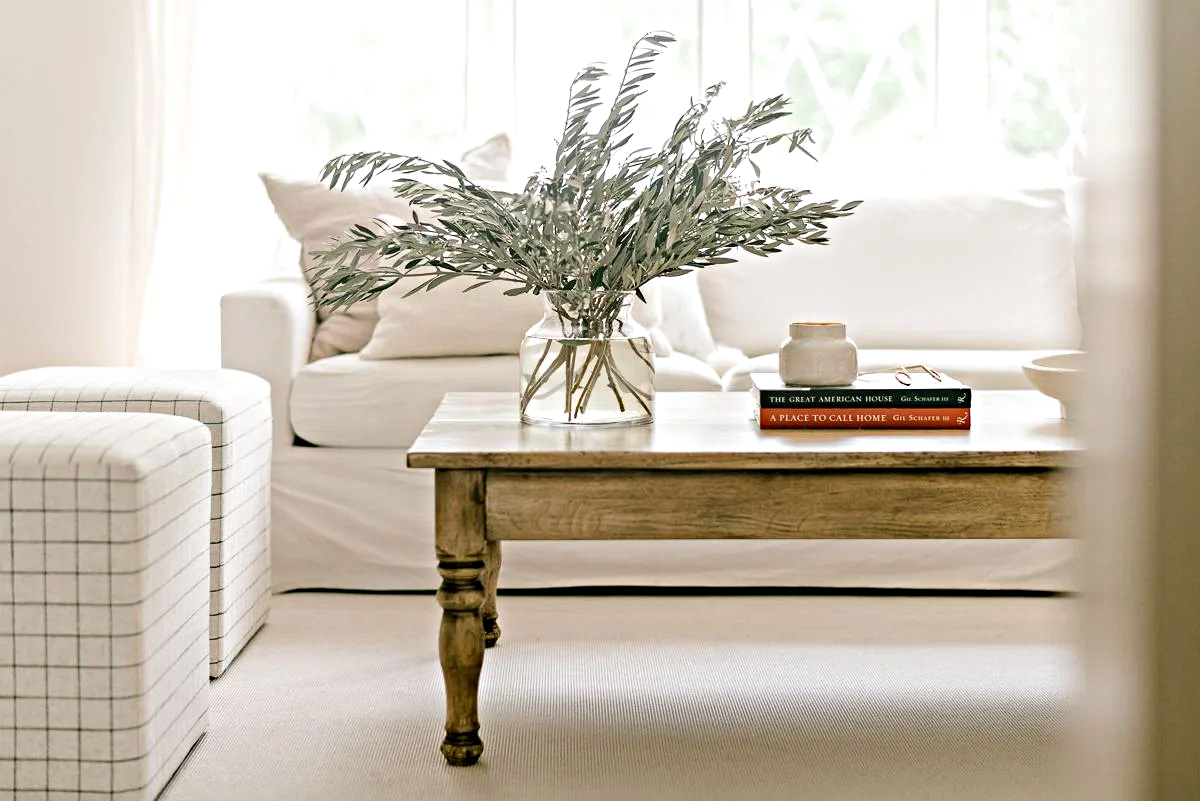
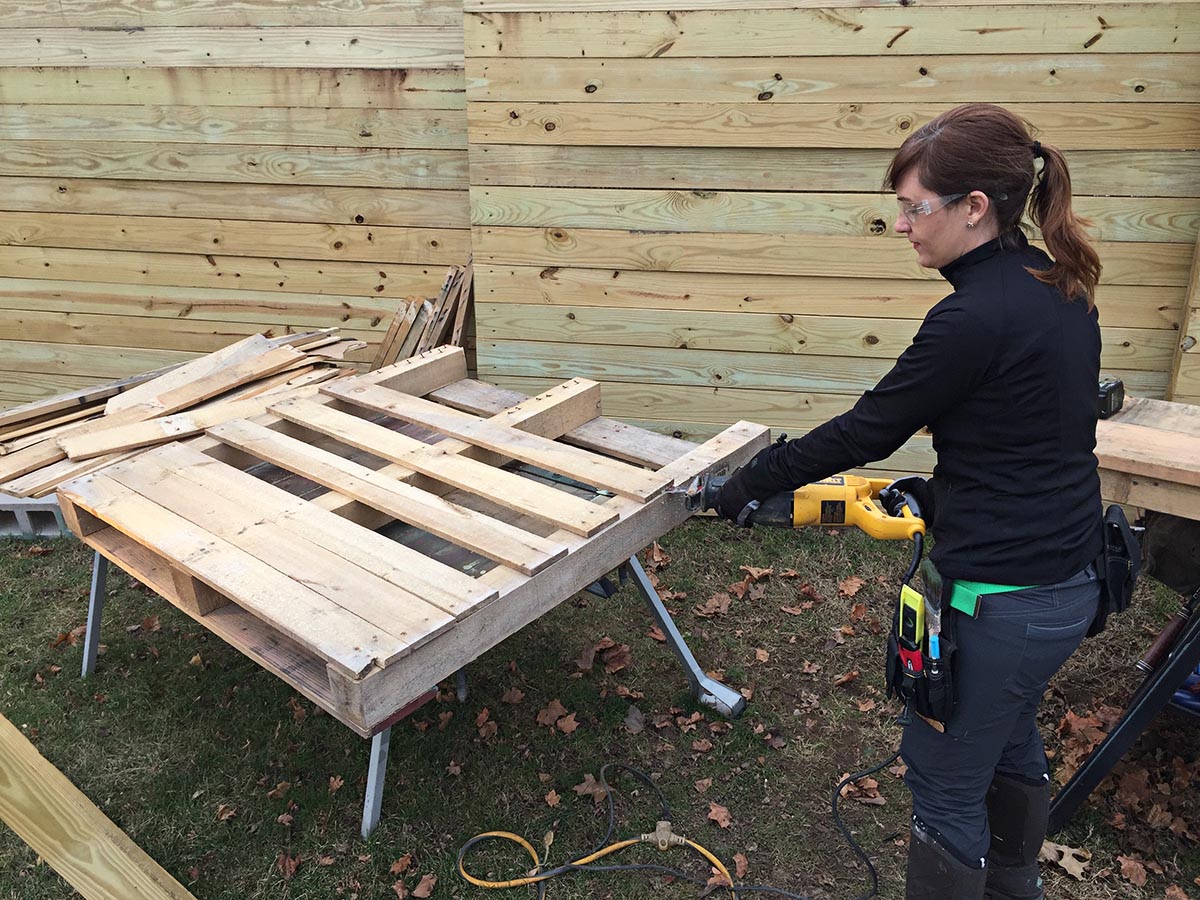
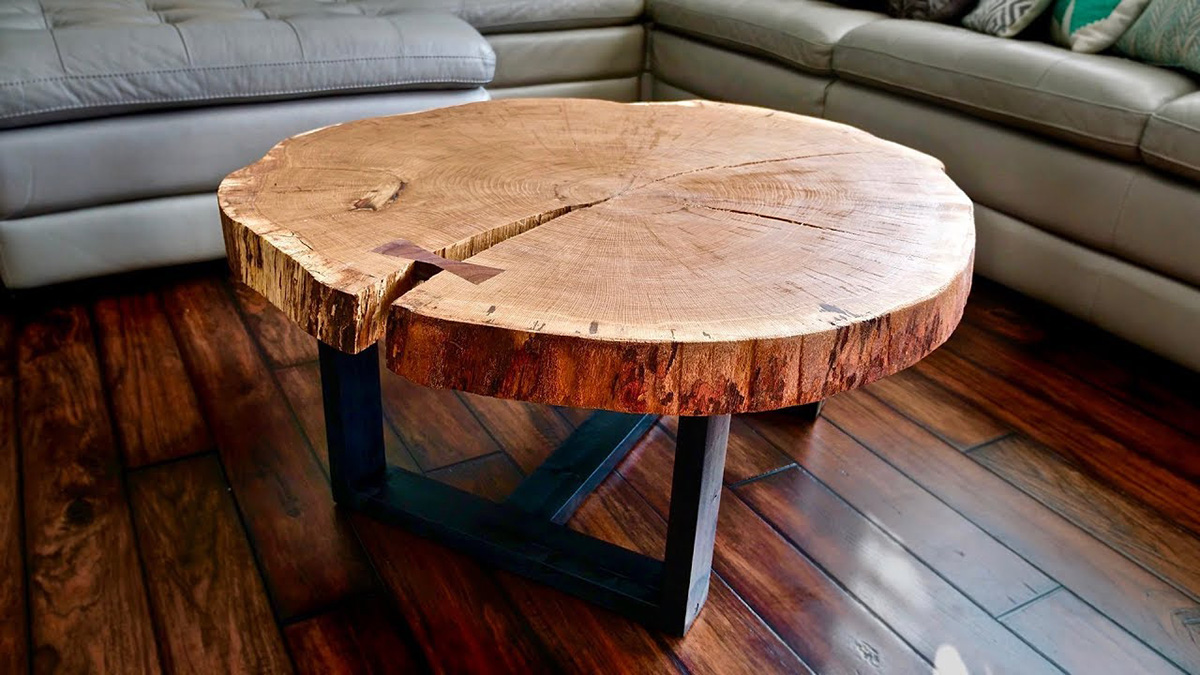
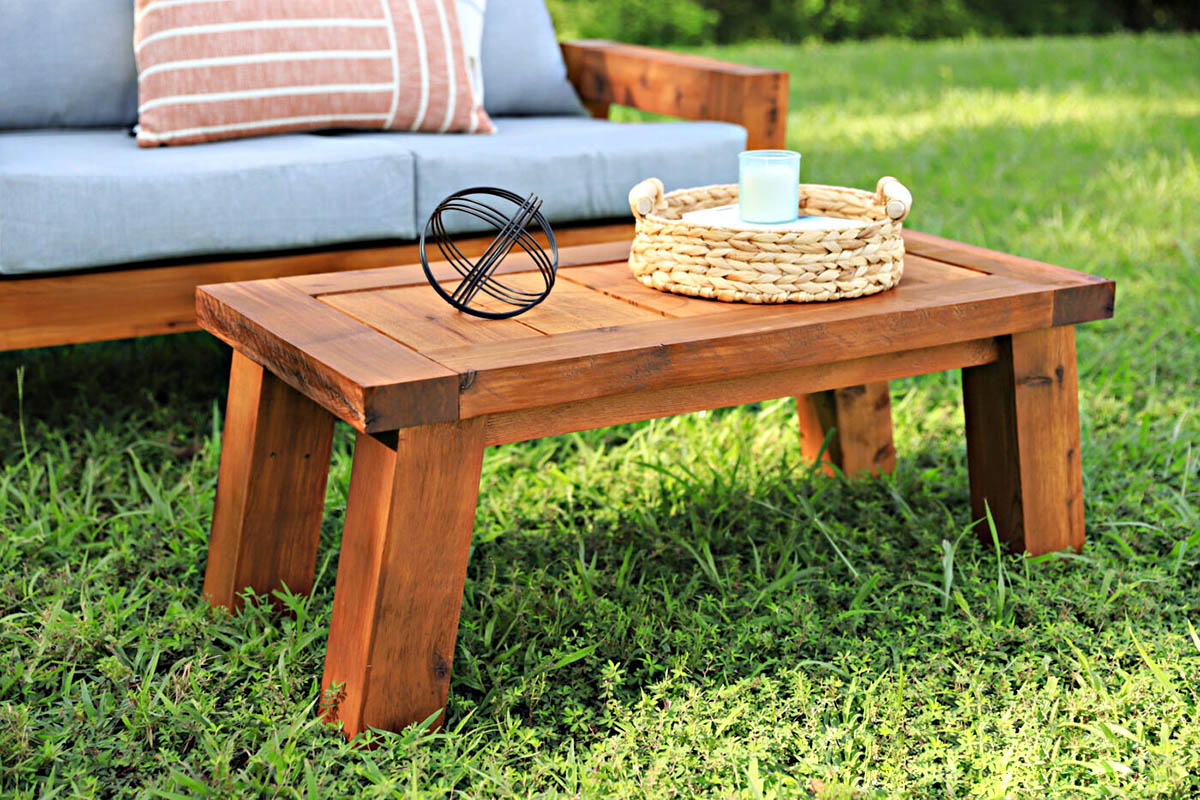
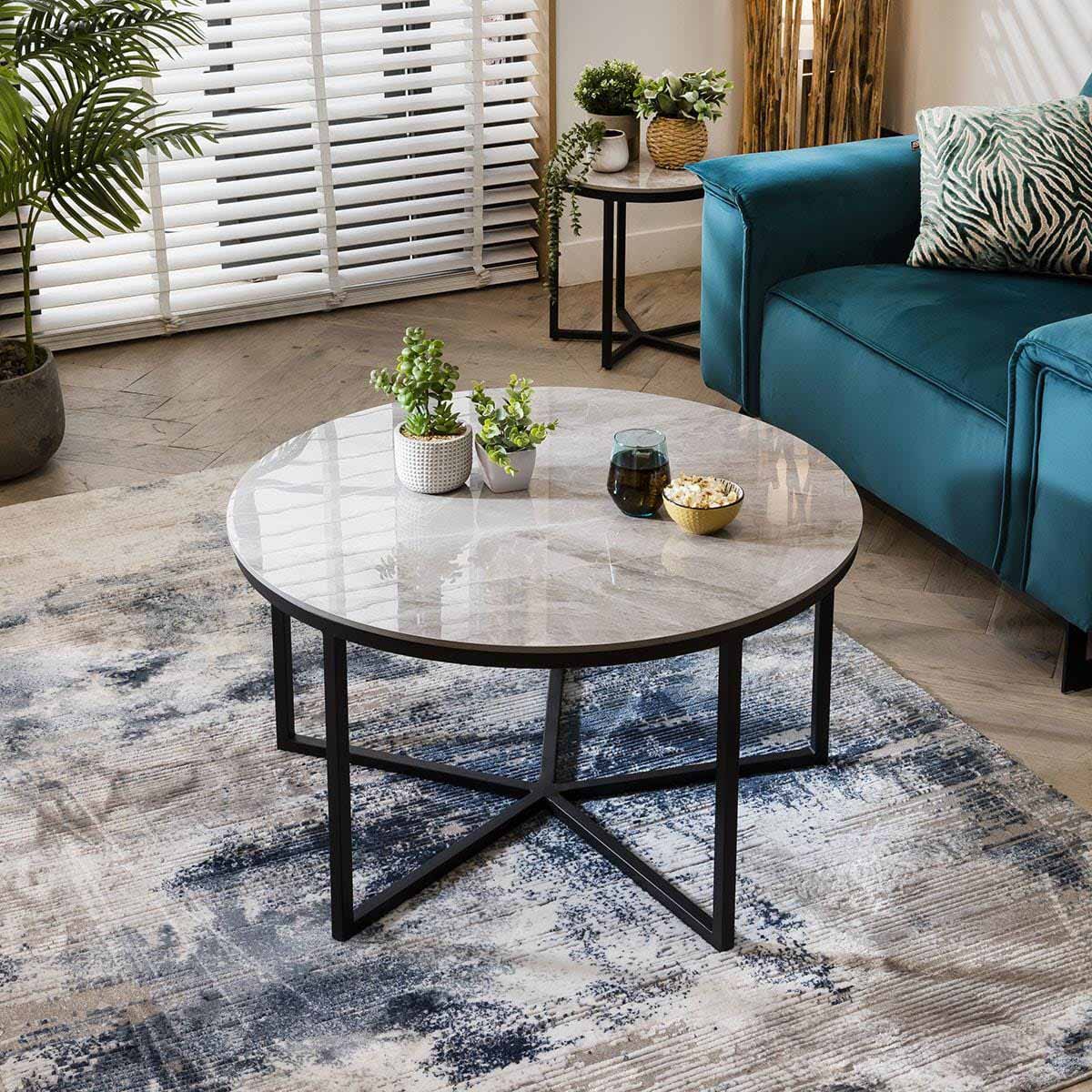
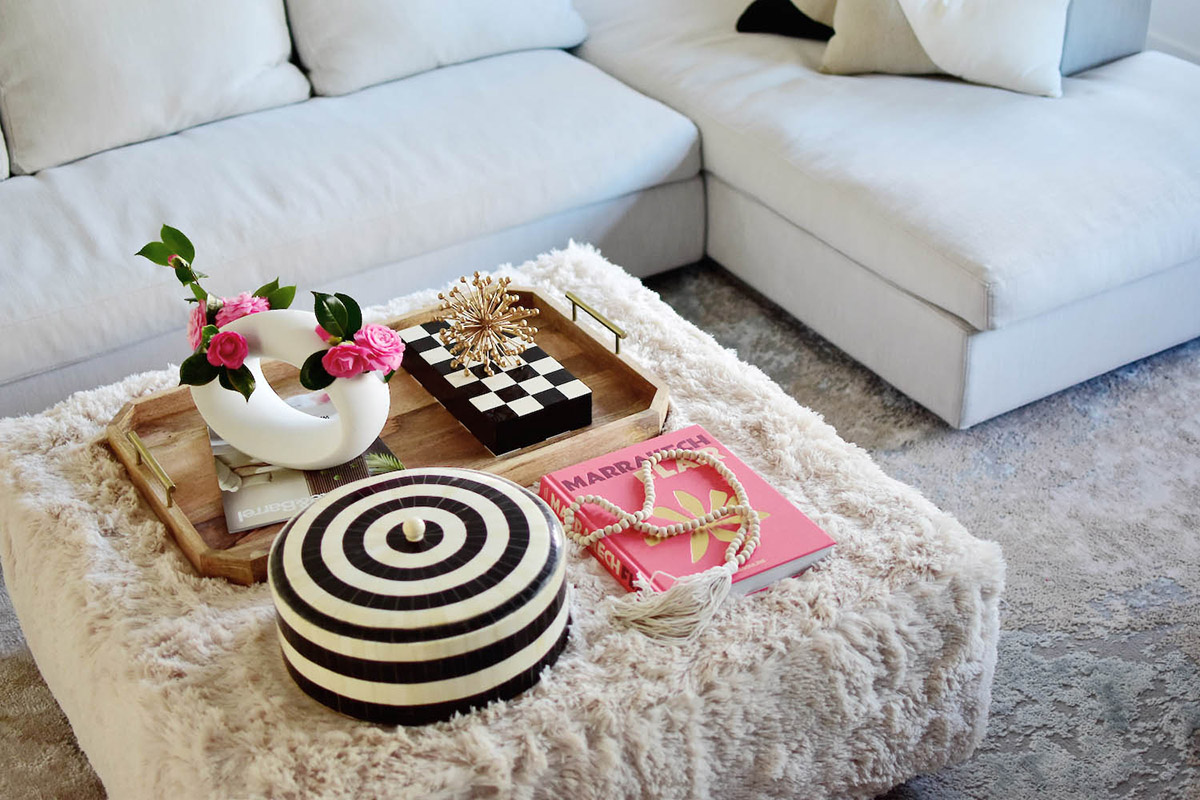
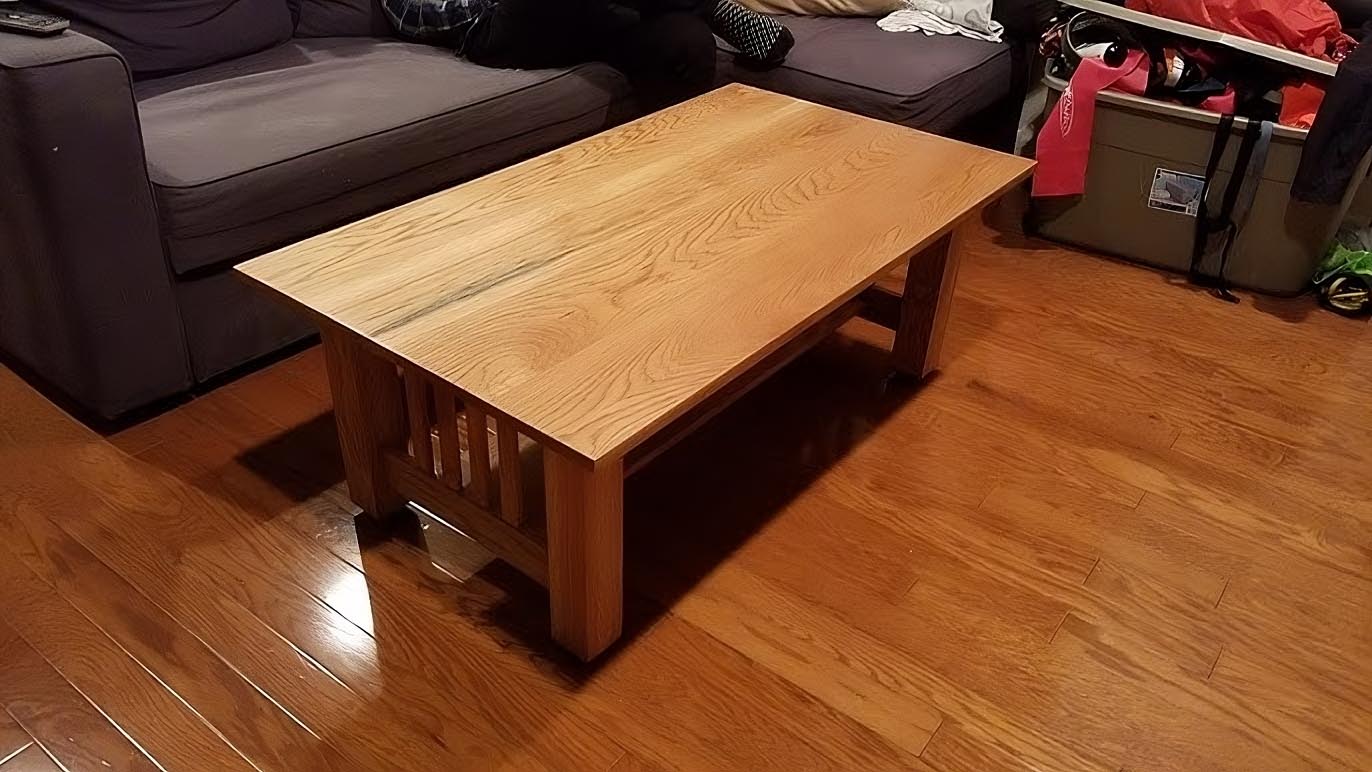
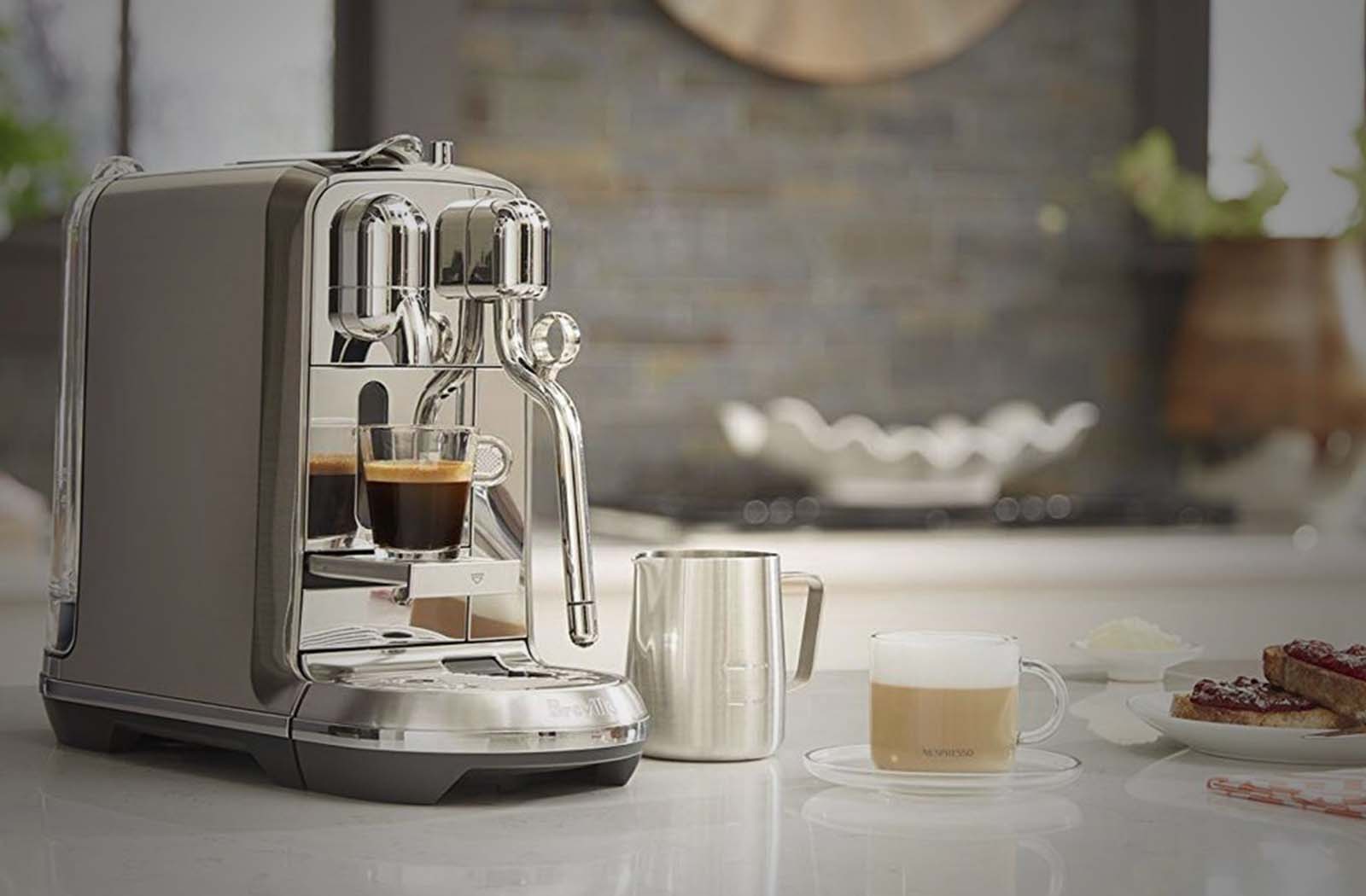
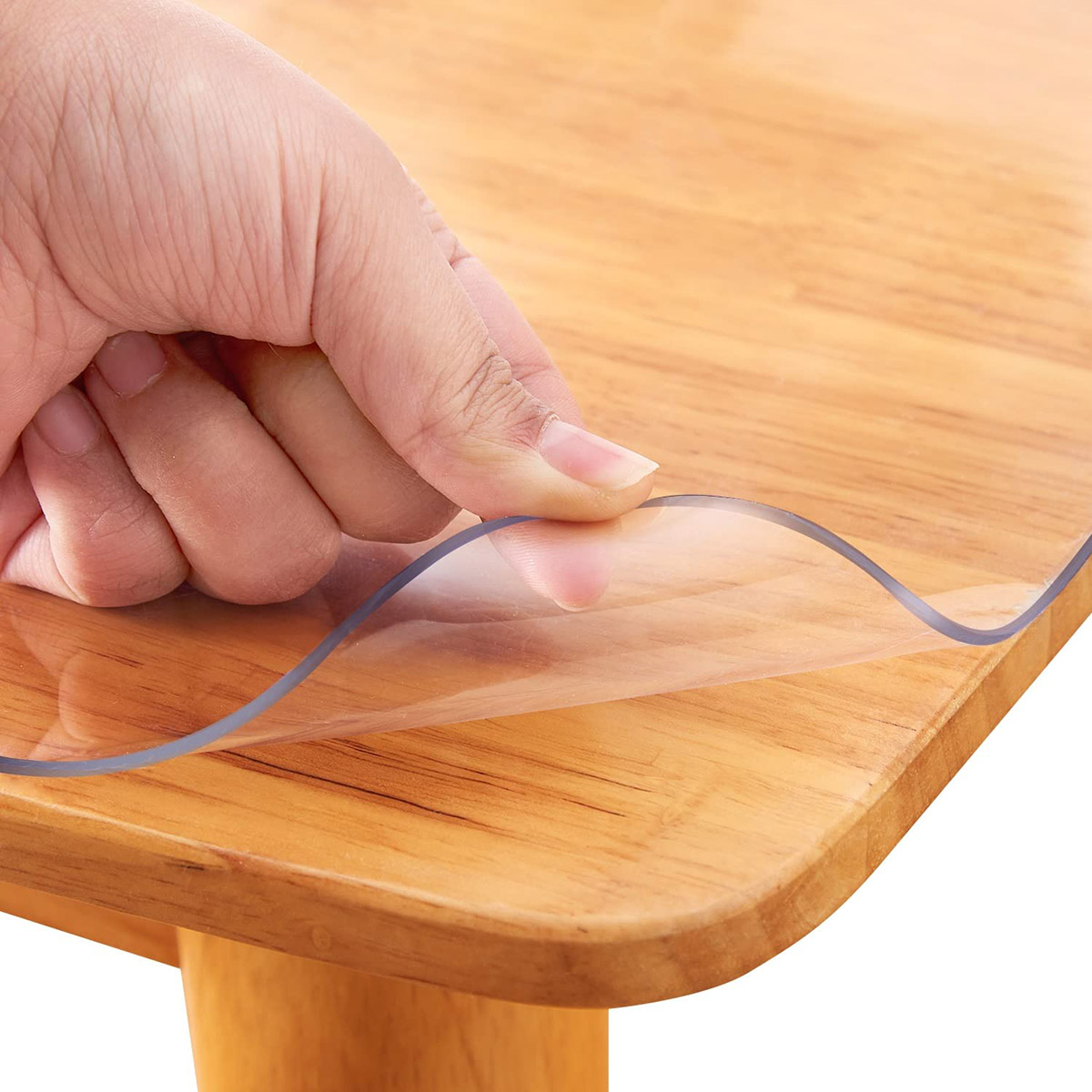
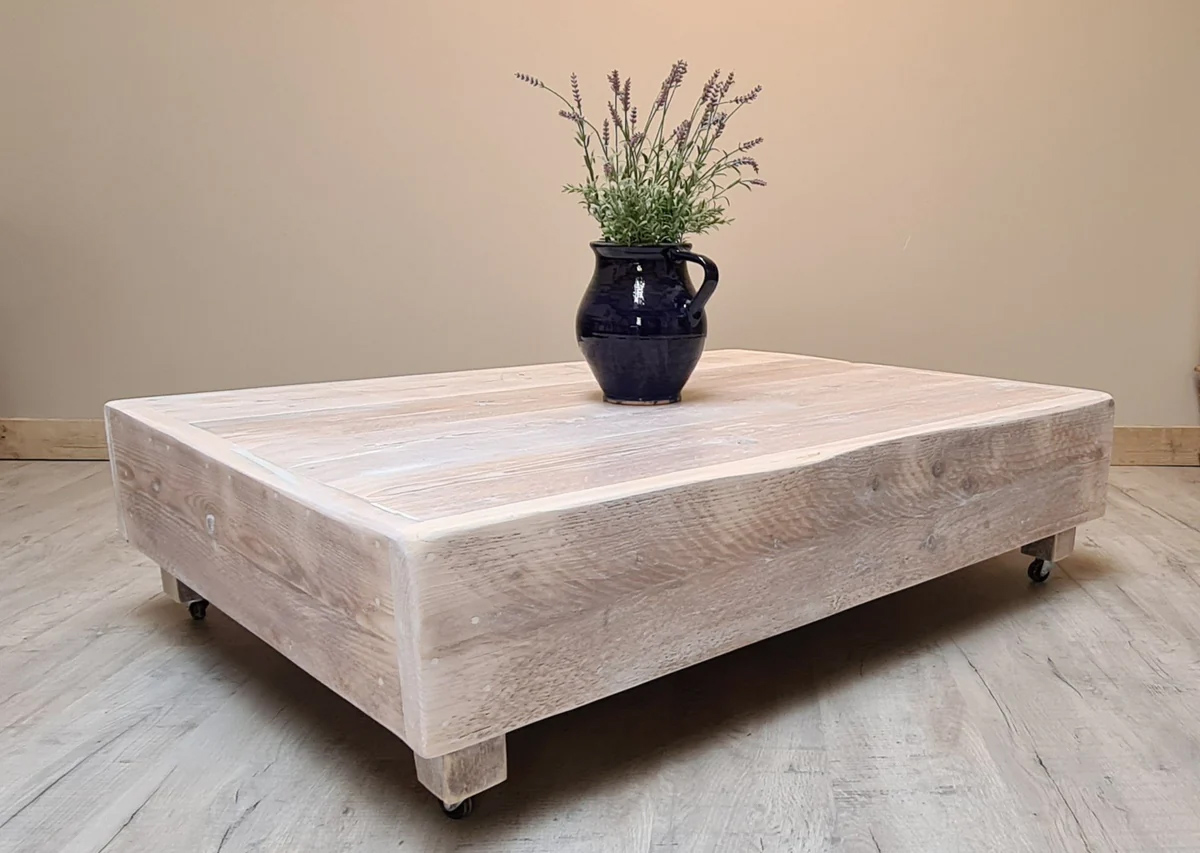

0 thoughts on “How To Make A Concrete Coffee Table”